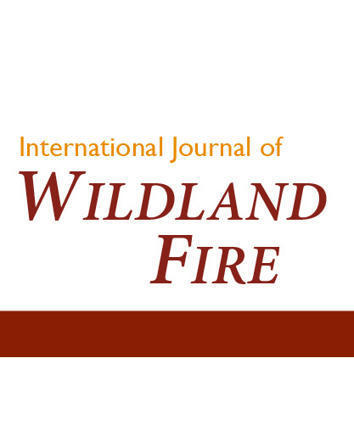We aimed to assess the impact of future climate change on fire activity in southeastern France and estimate changes in spatial and seasonal distributions.
Key results Fire activity could increase by up to +180% for +4°C of global warming, with large expansions of fire-prone regions and long seasonal lengthenings. Overall, changes will be dominated by intensification within the historical fire niche, representing two-thirds of additional future fire activity, half of this occurring during the high fire season.



 Your new post is loading...
Your new post is loading...









via @julien_ruffault @IJWildlandFire
Lire aussi Ruffault, J., Limousin, J.-M., Pimont, F., Dupuy, J.-L., De Càceres, M., Cochard & al. (2022), Plant hydraulic modelling of leaf and canopy fuel moisture content reveals increasing vulnerability of a Mediterranean forest to wildfires under extreme drought. New Phytol. https://doi.org/10.1111/nph.18614